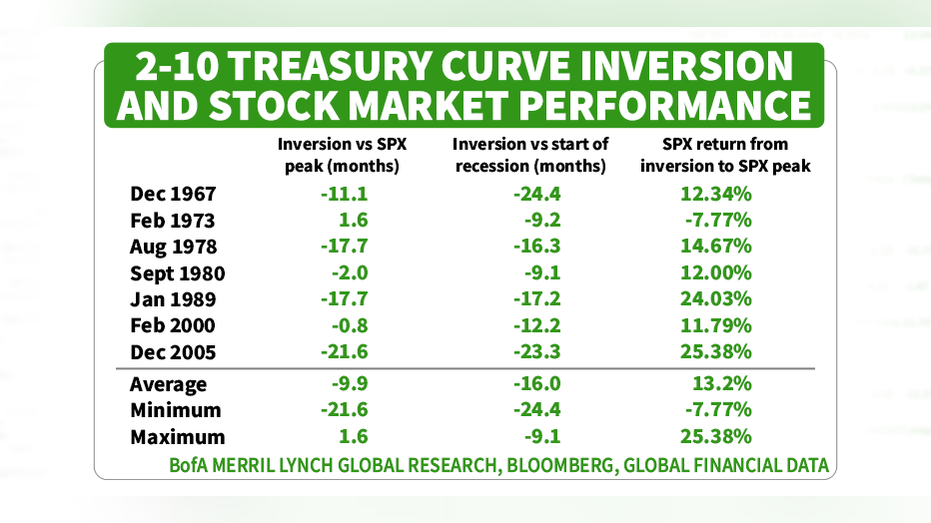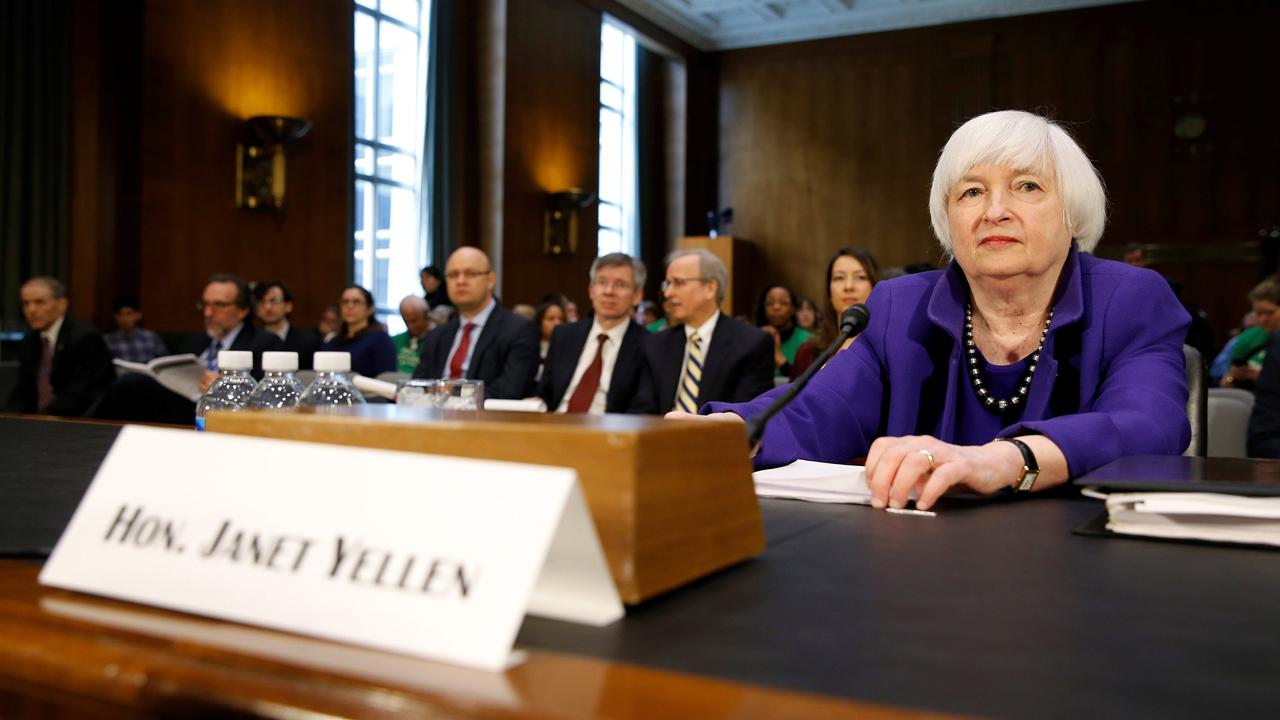Recession horns are blaring yet stock investors can still win
Is the stock market on “borrowed time” now that the yield curve has inverted? Not necessarily and in fact, there are likely still some big gains that can be made.
“After an initial post-inversion dip, the S&P 500 can rally meaningfully prior to a bigger U.S. recession-related drawdown,” according to a team of Bank of America Merrill Lynch technical strategists led by Stephen Suttmeier.
The yield curve inverted for the first time since 2007 on Wednesday sounding the alarm on a possible U.S. recession. Such an event has preceded every U.S. recession of the last 50 years. Investors dumped stocks sending the Dow Jones Industrials down 800 points or 3 percent, the Nasdaq and S&P 500 also fell 3 percent.
The volatility continued on Thursday which is not uncommon, according to the team. There’s almost always a sharp sell-off before the “last gasp” rally begins.
The initial post-inversion drawdown is 5.2 percent on average...but has ranged from 0 (1980) to 5.8 months (1973), Suttmeier’s team said. They noted the market’s post-inversion gain has been as much as 25.38 percent in 2005.

Supporting the scenario are the results of the bank’s August “Global Fund Manager Survey,” which show money managers still have lots of cash to deploy. The survey found managers have a cash level of 5.1 percent, which is well above the 10-year average of 4.6 percent. BAML says a contrarian buy signal is generated when the average cash balance rises above 4.5 percent.
So how should investors position their portfolios?
Ed Cofrancesco, president and CEO of International Assets Advisory, a firm with $2.5 billion in assets, likes specialty retailers and consumer goods companies, adding that while "the economy is slowing down, we are not headed into a recession."
CLICK HERE TO READ MORE ON FOX BUSINESS
And while history suggests its a good bet that the stock market rallies from here, BAML warns there is one scenario that could derail a rally: a break below the “must hold level” of 2,700 on the S&P 500.
Anything above that “maintains the bull case, setting up a bullish Q4 seasonality,” the bank’s Research Investment Committee said.




















